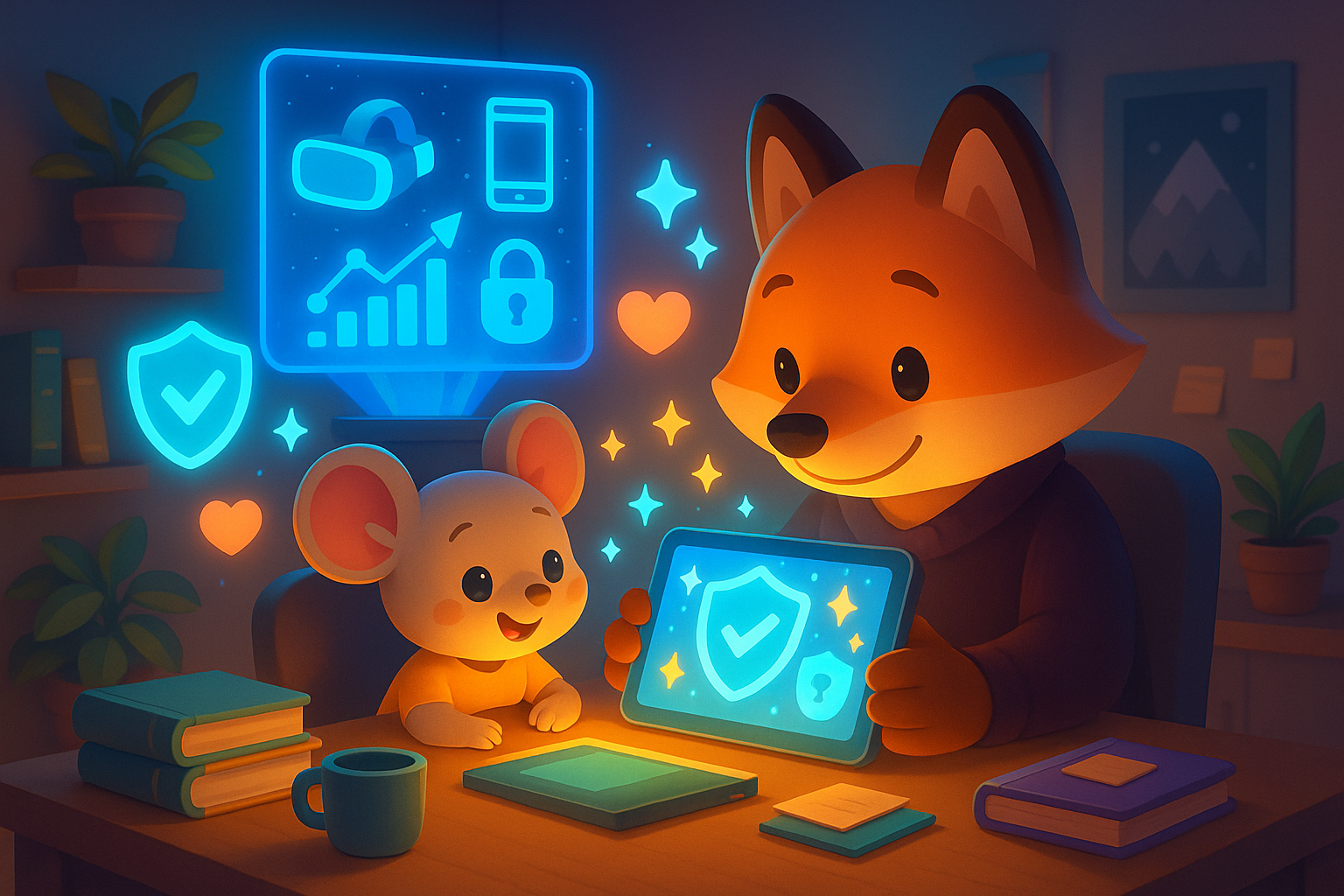In today’s connected era, creating safe digital worlds is more than a responsibility — it’s a moral mission for every modern game designer. As children spend more time online, game developers face the crucial task of building virtual spaces that nurture curiosity, protect privacy, and encourage healthy interaction instead of manipulation and overstimulation.
From the moment a concept is born, designers must think beyond entertainment. A truly safe digital world empowers young players to explore, learn, and express creativity — without exposure to harmful ads, data collection, or exploitative reward systems. This mindful approach builds trust with children and parents alike, inspiring joy, confidence, and a lifelong love for learning.

The Hidden Risks in Modern Game Design
Many apps aimed at kids still rely on manipulative patterns: flashing colors, endless reward loops, and confusing navigation that keeps them glued to the screen. But the best developers are redefining success. Instead of maximizing screen time, they focus on safe digital worlds that balance engagement with emotional well-being and encourage curiosity, self-regulation, and healthy digital habits from an early age.
A thoughtful design starts with empathy. It considers how children react to colors, animations, and challenges. For example, a calm color palette, predictable patterns, and positive reinforcement can reduce overstimulation and frustration. A well-designed safe digital world allows players to make decisions at their own pace, fostering independence and confidence instead of pressure and addiction. Developers who consistently create safe digital worlds also shape a generation of mindful players who associate gaming with creativity and balance rather than dependency.
Designing for Safety and Trust
Transparency is a cornerstone of safety. Parents should always know what data a game collects, how it’s stored, and whether it’s shared with third parties. Developers committed to building safe digital worlds must implement privacy-by-design principles — minimal data, clear consent, and no hidden mechanics that could compromise trust.
Sound design matters. Audio feedback should be soft and friendly, not overwhelming. Subtle cues like gentle music or soft chimes maintain emotional balance and focus. Visual design plays a similar role — clean interfaces and calm color palettes prevent overstimulation. Ethical UX means guiding players with clarity. A safe digital world invites discovery, not compulsive rewards, fostering joy through mindful interaction and meaningful engagement within these safe digital worlds.
Collaboration with Parents and Experts
Game designers don’t build safety alone. Collaboration with psychologists, educators, and parents ensures every safe digital world reflects real developmental needs. Parental dashboards, offline modes, and content filters allow families to personalize experiences and stay engaged in their child’s digital journey.
For example, developers can use adaptive difficulty systems that adjust to a child’s progress — promoting growth, not frustration. Gentle feedback loops and age-appropriate challenges help children build confidence through achievement, creating a balanced environment parents trust and kids enjoy.
When experts, families, and creators work together, safe digital worlds become more than a design concept — they evolve into a shared commitment to responsible play and digital well-being.
The Future of Ethical Play
As technology evolves, so should our ethics. The future belongs to studios that design with empathy and responsibility — not just to entertain, but to nurture healthy digital habits and emotional growth. At Orion Gaming World, we believe that safe digital worlds are the foundation of meaningful play — where safety, learning, and creativity go hand in hand, empowering young players to explore, imagine, and grow with confidence.
If you’d like to explore more insights about the creative process, check out
👉 The Power of Play: Why Educational Games Help Kids Learn Faster
👉 Behind the Scenes: How Indie Games Come to Life.
👉 Join the community of parents who believe in smart play — follow OGW on Discord , Instagram, TikTok or YouTube and stay updated on our next educational projects.

Leave a Reply